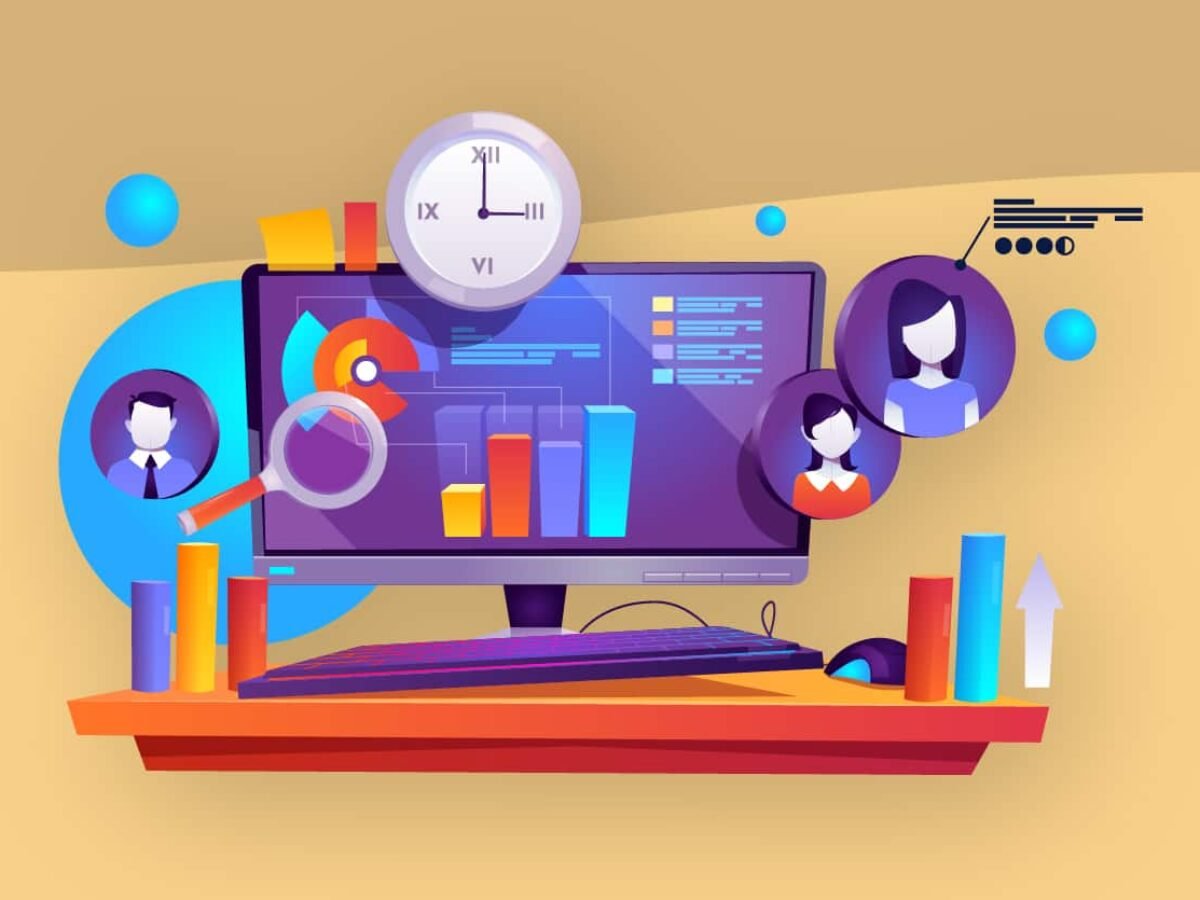The HR department of any company is no longer an administrative unit. With the ever-evolving state of the workplace, companies must stay on top to attract the best talent.
As the employer-employee relationship changes with time, so should your process and culture. Workforce management is not just a responsibility but a stamp of success.
So, are you on top of your HR game? Keep reading to know the top three ways you can upgrade!
What exactly do you mean by the best HR practices?
Firstly, it is best to understand what the term ‘best practices’ means. Analyse yourself if you need this system in place or are better off.
Best practices in human resources can mean different things to different organisations. In general, best practices are those activities that are considered to be the most efficient and effective way of doing something.
But what is considered efficient and effective can vary from one company to the next.
There are a few main areas where HR best practices tend to focus. These include recruitment and selection, employee training and development, performance management, and compensation and benefits.
Each area has its own best practices that can help organisations improve their overall performance. Keep reading on to unravel the top three practices you should engage in as a modern business!
What Are the Top Three HR Best Practices?
Without further ado, here is a list of the three best practices more and more companies need to adopt for success-
- The Open-Door Policy
Employees are often disconnected from HR due to the management-employee hierarchy. However, following an open-door policy helps employees feel at home.
This means developing a system that allows employees to personally reach out to senior management through an appropriate medium. Such a process conveys that managers are their peers and mentors at all levels.
Moreover, transparency about company milestones and sharing personal achievements, new clients, and policies help everyone feel engaged.
To help establish a transparent open-door policy, companies can also work on holistic performance feedback.
- Holistic Performance Management
Holistic performance management generally means taking into account more than just the KRAs of an employee. However, companies are now adopting a performance management system that works at a 360-degree angle.
Here, one goes beyond a reporting manager and employee relationship. Each person in the team or department evaluates each other’s performance. This includes HRs, reporting managers, team leads, peers, subordinates, etc.
Such an evaluation system provides more holistic insights to facilitate better workforce management.
- Knowledge as a Free Resource
Knowledge-sharing is another top best HR practice that helps companies overall.
Even if a training session is confined to a single department, departments can store the information in a database for public access. Creating or enabling a knowledge-sharing protocol supported by a platform helps employees learn and develop.
In addition, knowledge-sharing eliminates the notion of superiority based on experience. Again, this helps align both open-door and performance management policies.
It is best to develop a mandate or use a tool that encourages employees and peers to share information. This could be from all or any relevant business sources.
The Takeaway
HR can also be a complex and time-consuming task. That’s why it’s essential to adopt best practices that can help to streamline the process. Knowing the top three HR best practices can be a great way to kick-start your journey.
In addition to the practices mentioned above, use your research and experience to implement other strategies. Some others include using an HRIS system and employee portal.
You know your company best. Evaluate your needs, select your tools, and start implementing them today.
Also read: sources 15b 7bnewcomernewcomer



